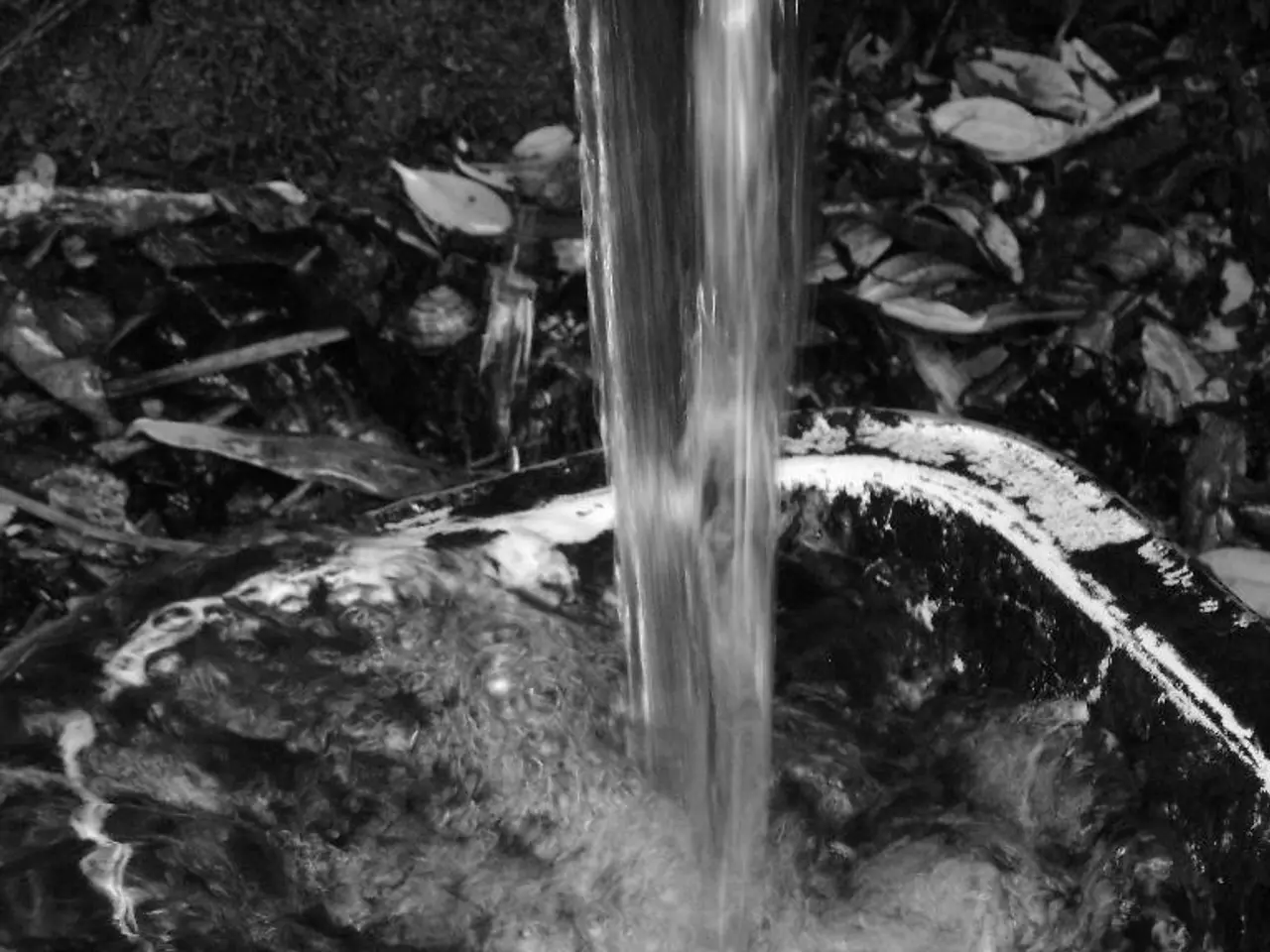Revitalizing Greenery: Detailed Instructions for Thriving Plant Revival
In the world of gardening, selecting the right potting soil is crucial for the health and growth of your plants. The best potting soil matches your plant's natural growing conditions by balancing drainage, aeration, and moisture retention, often supplemented by organic nutrients and free from soil-borne pests or pathogens.
For seedlings and seed starting, a finely textured soil mix that allows easy sprouting and root growth is ideal. Mixes like Black Gold Seedling Mix offer a fine texture with good water retention and aeration, enriched with organic components to strengthen roots and stems.
Tropical and indoor plants, such as Monstera, Philodendron, or Pothos, thrive in a chunky, well-aerated, soil-free mix that ensures fast drainage and prevents compaction and root rot. Molly’s Aroid Mix, designed for this purpose, promotes strong root systems and avoids soil-borne pests and diseases.
Succulents and cacti require specialized soil mixes that drain quickly and avoid water retention. Products like Hoffman Organic Cactus and Succulent Soil Mix are suited for these drought-tolerant plants.
Plants that prefer well-drained soil that dries out between watering, such as succulents or plants from drier climates, can benefit from the addition of perlite. This lightweight volcanic glass improves drainage and aeration, reduces soil compaction, and moderates temperature fluctuations around the roots.
For plants that need moist soil that retains water longer, vermiculite can be included in a mix to improve moisture retention while also providing some aeration.
Avoid regular garden soil for potted plants; instead, use potting mixes made from non-soil ingredients such as peat moss, perlite, and vermiculite to ensure proper air circulation and drainage.
Other considerations when choosing potting soil include looking for organic ingredients like worm castings, kelp, or bone meal for natural disease resistance and nutrient boosts, choosing a breathable container to complement your soil choice, and avoiding potting mixes with chemical fertilizers if you prefer organic gardening.
When repotting, it's essential to water the plant well a few days before the process. Gently tilt the plant to one side and slide a tool in between the edge of the pot and the soil. Loosen the soil from the sides and base, and when loosening roots, use fingers to comb through, increasing their volume.
Choose a pot 1"-2" larger than the current one for repotting. For succulents, cacti, and palms, consider mixing soil with sand for improved drainage. Post-repotting, avoid exposing the plant to direct sunlight for a while, especially if it is a weakened plant.
In extreme cases, use a sharp knife or pruning shears to slice through the root ball. If leaves start to turn yellow after repotting, reduce the amount of water given to the plant. Handle the plant with care during the removal process.
Roots growing out of the drainage hole, a sign of a root-bound plant, may require careful pruning to promote new growth. Roots pushing the plant upwards and out of the planter are also a sign that the plant needs repotting.
In summary, by understanding your plant's needs and choosing the right potting soil, you can ensure vibrant, healthy growth. Organic potting soil provides ongoing fertilization over several seasons, making it a sustainable choice for many gardeners.
Incorporating organic ingredients like worm castings or kelp into your potting soil can help enhance its nutrient content and provide natural disease resistance, benefiting the health of your home-and-garden plants, whether they are seedlings or more mature ones like tropical or indoor plants. For those leading a lifestyle focused on organic gardening, selecting potting soil free from chemical fertilizers and containing organic matter is essential.




